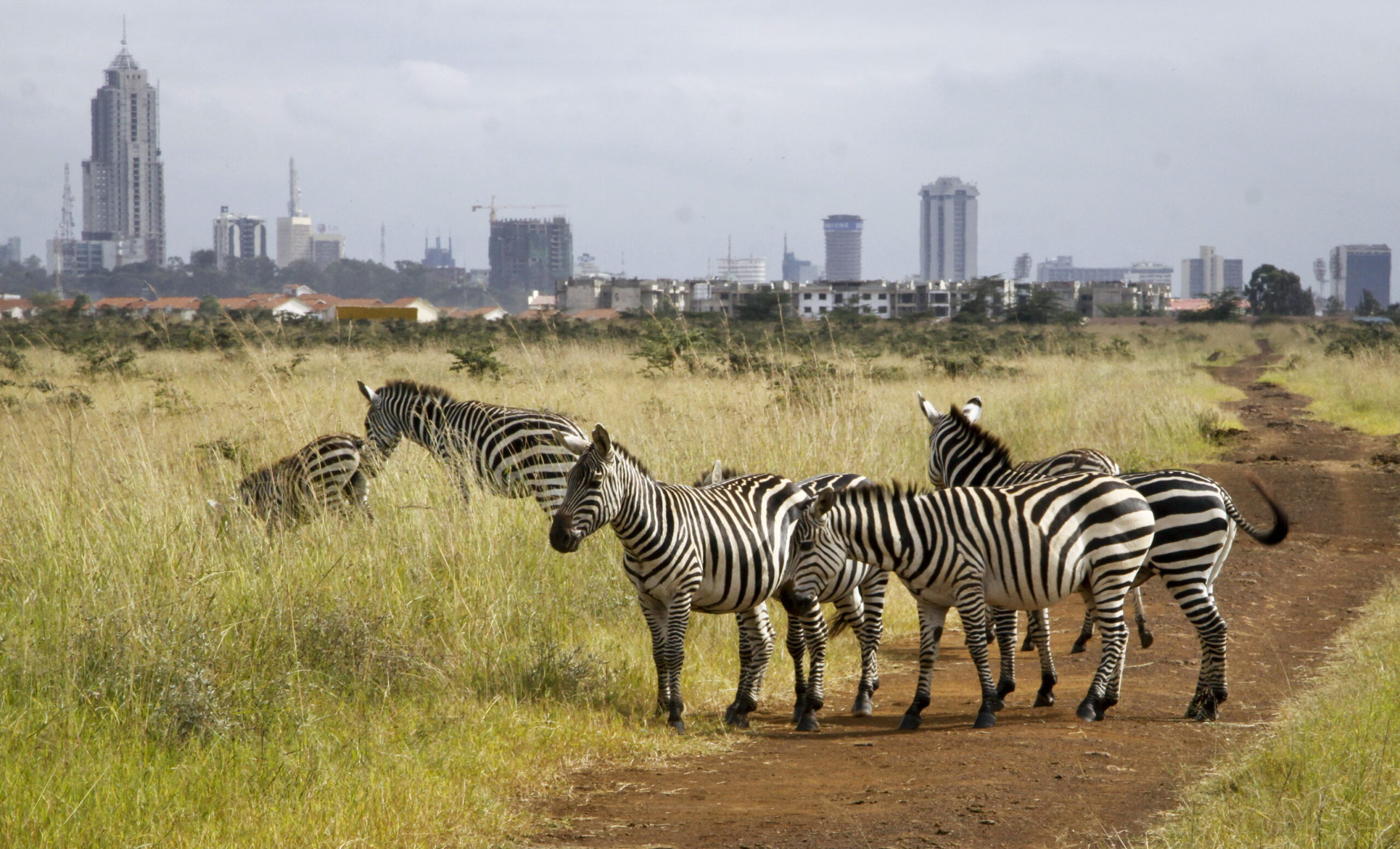According to Erustus Kanga, the acting director general of the Kenya Wildlife Service (KWS), climate change has surpassed poaching as the leading danger to Kenya’s wildlife.
Kanga announced this during the 13th meeting of the Governing Council of the Parties to the Lusaka Agreement, a gathering focused on combating illegal wildlife trade.
Kanga highlighted the shift in trend, emphasizing that while anti-poaching efforts have successfully reduced illegal activities targeting rhinos and elephants, the impact of global warming poses a significant threat to these animals.
No rhino poaching incidents have been recorded in the past three years, but Kenya lost approximately 300 elephants during the recent drought.

To address the issue, the Kenyan government has implemented measures including multi-level land management and public awareness campaigns.
These initiatives aim to relocate wildlife away from residential areas to minimize conflicts with humans, document incidents, and provide compensation to affected parties.
Silvia Museiya, Kenya’s Ministry of Tourism, Wildlife, and Heritage’s principal secretary reaffirmed Kenya’s commitment to combating climate impacts through mitigation, adaptation, and resilience strategies.
A grass stockpiling and water-tracking program has been proposed as part of these efforts to ensure wildlife is adequately fed during dry seasons.
KWS has also proposed implementing recommendations for migratory corridors and dispersal areas to facilitate wildlife survival.
These measures would enable wildlife movement between different regions during dry periods.
Despite the challenges posed by climate change, Kenya’s elephant population continues to grow substantially. Over the past two years, there has been an estimated increase from 34,000 to 37,000 elephants in the country.
In summary, climate change has become the primary threat to Kenya’s wildlife, surpassing the impact of poaching.
The Kenyan government, alongside KWS, is implementing measures to mitigate this threat, including land management, public awareness campaigns, and programs to address wildlife needs during dry seasons.

